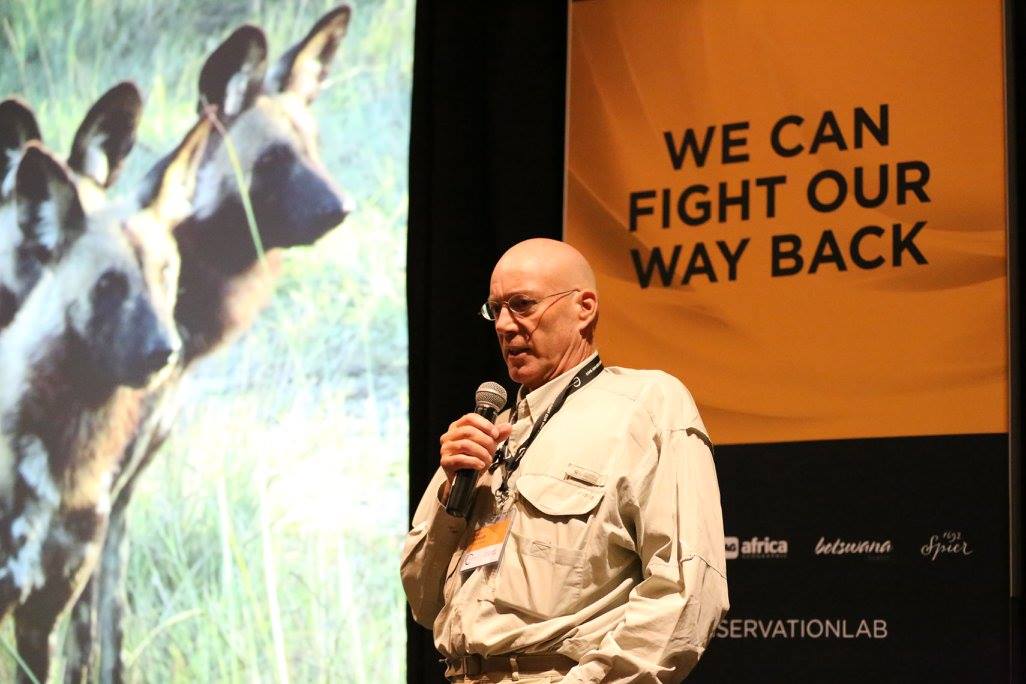EVOLVE AND ADAPT
Ralf Buckley, International Chair in Ecotourism Research at Griffith University, shares the lessons he learned at this year’s Conservation Lab.
Leading African tourism operators have made globally significant contributions to conservation, using ecological measures such as areas protected, populations of threatened species, and reduced extinction risks. Some of these efforts started decades ago, and were far ahead of their time. Some have combined conservation funding and expertise between commercial competitors. Some involve partnerships with government agencies and non-government trusts. These efforts have adapted and evolved to a fine-tuned and successful model.

This conservation tourism model changes local community behaviour towards native wildlife by generating economic opportunities and employment, using funds earned from tourists. These arrangements often face threats, e.g. poaching for international wildlife trafficking; large-scale livestock herds owned by powerful individuals within the local communities themselves; new migrants and population growth; conflicts between hunting and photo tourism; and changing social and political systems affecting rights to land, wildlife and other natural resources. Arrangements with local communities must, and do, continually evolve and adapt.Every country and culture is different, and what works in one place may not transfer to another. There are critical variations within and between the nations of southern and eastern Africa, and even more so between these long-standing savannah safari destinations, and their newly developing counterparts in central and western Africa, and in other continents. In many countries, though not all, the existing African conservation tourism model can be adapted to local cultures and ecosystems, as long as political stability is sufficient for both wildlife and tourism infrastructure to survive and recover. But it takes time, and needs partners and champions.
The conservation tourism model only works with a continuing supply of well-off tourists. Global tourism marketing and distribution systems are thus as critical as operations on the ground. The desire and ability of those systems to differentiate routinely between tourism operators which do contribute to conservation, and those which do not, will be increasingly important. This will become even more challenging as key originating markets for wealthy wildlife tourists include greater representation from nations which do not have a “safari tourism” background.
The role of tourism in conservation deserves greater recognition by governments and large NGOs such as IUCN. The 2014 World Parks Congress barely acknowledged it, even though it is key to reaching the Aichi Targets for global conservation. Tourism generates impacts, but African conservation tourism has shown that it can still generate substantial net benefits for conservation. Pay attention, world!












